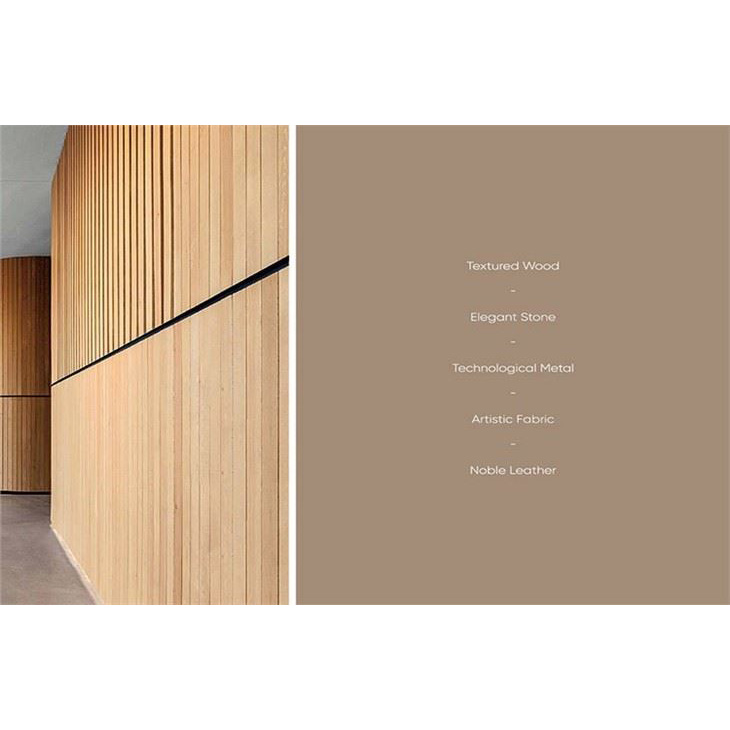Composite method of
metal composites
Metal composite material refers to a composite material formed by metallurgical combination of two or more different metals. Common titanium-steel composites, copper-steel composites, titanium-zinc composites, titanium-nickel composites, nickel-steel composites, copper-aluminum composites, Nickel-copper composite, etc.
Metal composite materials have been widely used in more and more fields because they can give full play to the advantages of each component material, realize the optimal allocation of each component material resource, save precious metal materials, and achieve performance requirements that cannot be met by a single metal.
explosive recombination
Using explosives as an energy source, different metals are welded together in a large area under the high-speed detonation and impact of the explosives.
rolling compound method
Under the action of the rolling force of the rolling mill, the surfaces of the two metals to be composited are plastically deformed, thereby causing the metal surface to crack, and the fresh metals exposed from the cracks contact each other, forming a metallurgical bond between the metals under the action of pressure. According to the temperature during rolling, the rolling composite method can be divided into hot rolling and cold rolling.
Hot rolling compound method
At a certain temperature, the metal to be clad is rolled by the rolling force of the rolling mill, thereby forming a metallurgical bond. Hot-rolled cladding is the main method for producing clad sheets, which has the advantages of simple process and high production efficiency, and can give full play to the rolling ability of the rolling mill and the plastic deformation ability of the material at high temperature, and the obtained metal cladding interface has high bonding strength.
cold rolling composite method
Cold-rolled cladding is developed on the basis of hot-rolled cladding. Due to the low rolling cladding temperature, it can avoid the phase transformation and microstructure changes that are not conducive to bonding of metal materials, and avoid the formation of brittle intermetallic compounds. The performance of the composite material produced by cold rolling is stable, and the rolling composite of various materials can be realized, but the deformation rate of the matrix metal during the rolling process is as high as 60%~70%.
Explosion-Rolling Composite Method
The explosion-rolling composite method refers to the use of explosive composite technology to weld two or more metal plates that need to be composited according to a certain thickness ratio to form composite slabs, and then hot-rolled according to different conditions and requirements. Or cold-rolled into a clad sheet with the required thickness specifications.
powder metallurgy
The powder metallurgy method is to spread the evenly mixed metal powder on the surface of the base metal for pressing, then sinter it at a high temperature in a protective atmosphere, and then process it into a composite product by cutting.
Diffusion recombination
The diffusion recombination method is to stick the two metals closely together and keep them under a certain temperature and pressure for a period of time, so that the atoms between the contact surfaces diffuse each other to form a metallurgical bond.
centrifugal casting
The centrifugal casting method is to pour the molten alloy melt into the rotating base metal mold. Under the action of centrifugal force, the alloy melt adheres to the inner wall of the mold, and after rapid cooling and solidification, it is closely combined with the base metal.
cast compound method
The casting compound method is to pre-treat the surface of the base metal and preheat it to a certain temperature, and then immerse it into a casting mold cavity filled with clad metal liquid, or put the base metal into the casting mold cavity, and then transfer it to the casting model. The cladding metal liquid is cast in the cavity, and the liquid metal solidifies and cools to form a composite material.
Continuous casting and rolling method
The continuous casting and rolling composite method combines the traditional casting method and rolling method. The high-temperature molten metal is continuously cast on the surface of the base steel plate, so that the liquid metal in the semi-solidified state and the solid base metal are continuously rolled on the rolling mill at the same time. The rolling force and high temperature diffusion of the liquid metal form a metallurgical bond between the two metals.



